HUMAN REPRODUCTION
INTRODUCTION
- Sequence of reproductive events occurring in humans include:-
Gametogenesis
↓
Insemination
↓
Fertilization
↓
Implantation
↓
Gestation
↓
Parturition/Birth
PATH FOLLOWED BY GAMETES IN FEMALE REPRODUCTIVE TRACT
- During coitus semen is released from male reproductive tract by the penis into the female reproductive tract i.e. the vagina by process termed insemination.
Sperms Ocyte
Released in vagina Released in body cavity
↓ Swim through ↓ Captured by
Cervix Fimbriae
↓ enter ↓
Uterus Infundibulum
Reach
|_________________________________|
↓
Ampulla (site of fertilization)
↓
Fusion of gametes/syngamy/Fertilization
(vital event of sexual reproduction) - Note:- Fertilization can only occur if the ovum and sperms are transported simultaneously to the ampullary region. This is the reason why not all copulations leads to fertilization and pregnancy.
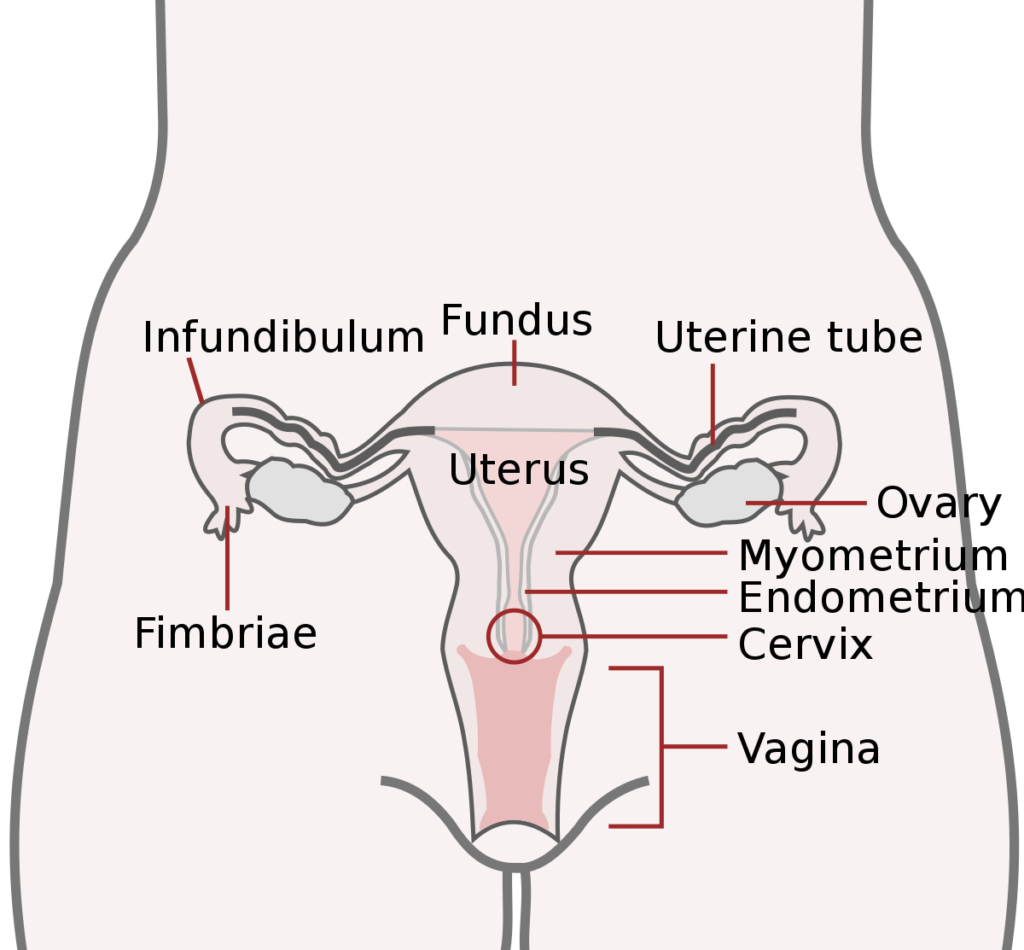
CHANGES IN GAMETES DURING FERTILIZATION
Secretions of Acrosome part of sperm
↓ allow
Entry of sperm into cytoplasm of oocyte
through zona pellucida and plasma membrane.
↓
Including completion of Meiosis II of secondary oocyte
From ↓ • Cytoplasmically unequal 2nd meiotic ↓ division.
(i) 2nd polar body (n) (ii) Ovum/ootid (n) Sperm (n)
↓ (1) (1) Nuclei fuse
(Released in Perivitelline space) |__________________________|
↓
Zygote (2n)
- Characteristics of zygote:-
• Vital link that ensures continuity of species between organism of
one generation and the next.
• Sex of a child is determined at this stage.
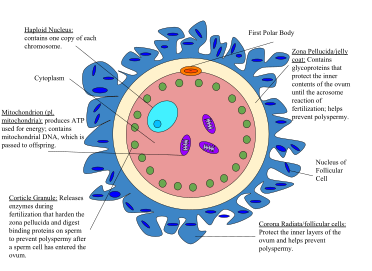
SEX OF A BABY IS DETERMINED BY THE FATHER
> FUSION OF GAMETES:-
- 50% male gametes carry X chromosome and 50% carry Y chromosome.
- Zygote would carry either XX or YY depending on whether the sperm carrying X or Y fertilizes the ovum.
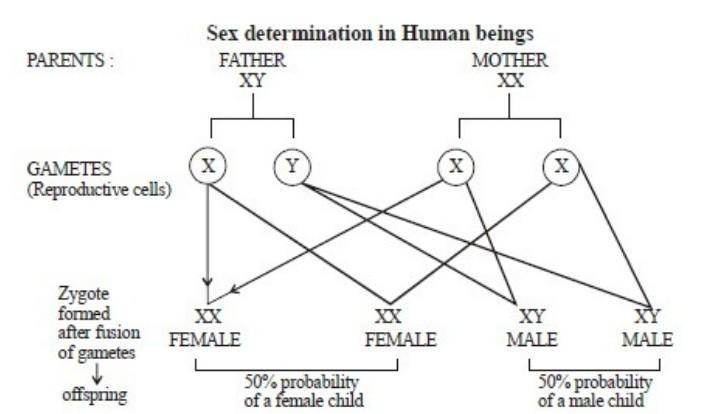
DEVELOPMENT OF THE ZYGOTE
- Every sexually reproducing organism, including human beings begin life as a single cell i.e the zogote.
- The process of development of embryo from zygote is called embryogenesis .
- During embryogenesis, zygote undergo cell divisions and cell differentiation.
- Cleavage starts as zygote moves through isthmus to the uterus.
- Daughters formed after cleavage are called Blastomeres.
Trophoblast:-
outer layer of blastomeres attaches to endometrium.
Inner cell mass:- Inner group of cells attached to trophoblast → Differentiates into embryo with three germ layers.
↓
After attachment, uterine cells divide rapidly and cover the blastocyst.
Embedding of blastocyst in endometrium is called.
Implantation
↓ Leads to
Pregnancy - Blastocyst
Implants in uterus:- The inner cell mass contains certain cells called stem cells which have the potency to give rise to all the tissues and organs.
Note:-
•Germ layers:- Outer-Ectoderm
Middle- Mesoderm – These together give rise to all
Inner – Endoderm tissues/organ in adults.
.
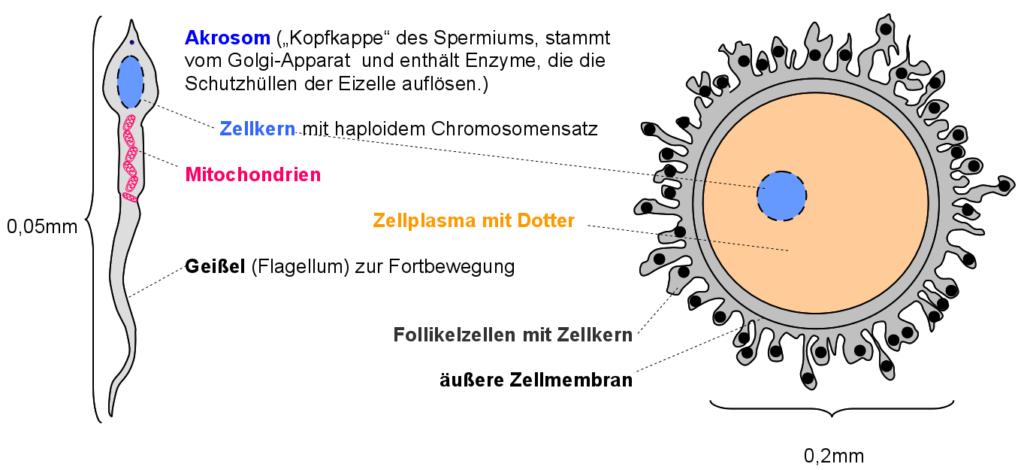
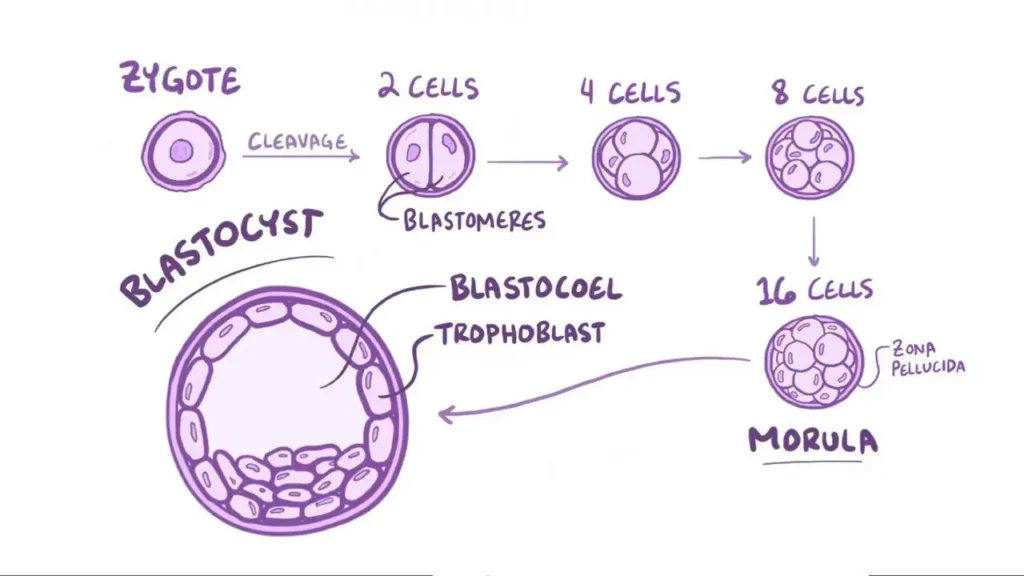
CHANGES AFTER IMPLANTATION
Embryo/Foetus Mother
Finger like projections appear on the Uterine tissue
trophoblast called chorionic villi
|_____________________________|
↓
Interdigitate to form
↓ (Structural and functional units
Functions:- ←Placenta↔ between embryo/foetus and mother)
• Supply of O2 and nutrients to the embryo.
• Removal of CO2 and excretory/waste materials produced by the embryo.
• Acts as endocrine tissue:-
> hCG/human chorionic gonadotropin |
> hPL/human placental lactogen |↔ Produced only during pregnancy.
> Relaxin (Also secreted by ovary in later phase of pregnancy)
> Estrogens ← | Increase several folds during pregnancy,
> Progestogens | essential for supporting:-
> Cortisol | • Foetal growth
> Prolactin | • Metabolic changes in mother
> Thyroxine ← | • Maintenance of pregnancy
Note:- Placenta is connected to the embryo through an umbilical cord which helps in the transport of substances to and from the embryo.
HUMAN REPRODUCTION
GESTATION PERIOD
- Average duration of pregnancy in • Dog- 63 days
• Cat- 63 days
• Elephant- 18-22 months
• Human- 9 months - Major events during gestation period in humans:-
Trimester Month Week Events
1st I 4 Heart is formed, sign of growing
foetus noticed by listening to the
heart sounds through stethoscope.
II 8 Foetus develops limbs and digits.
III (end) 12 Most of major organ systems are formed including external genital
organs
2nd V 20 First movement of foetus. Appearance
of hair on head.
VI (end) 24 Body is covered with fine hair, Eyelids separate, Eyelashes are formed
3rd IX (end) 36 Foetus is fully developed and is ready
for delivery
HUMAN REPRODUCTION
PARTURITION
- Defined as delivery of the foetus (Child birth)
- Signals for parturition originates from – Fully developed foetus
Placenta
↓ Lead to
Mild uterine contractions
↓ called
Foetal ejection reflex
triggers ↓ release of
Oxytocin from posterior pituitary of mother ←|
causes↓ |↔ This is positive
strong uterine contractions ←| feedback loop.
leading to↓
Expulsion of baby through birth canal (Parturition)
followed by ↓
Expulsion of placenta•Oxytocin is synthesized by its source gland hypothalamus but released from posterior pituitary.
Note:-
> Child birth is induced by a complex neuroendocrine mechanism involving cortisol, estrogrns and oxytocin.
> Doctors inject oxytocin to induce delivery.
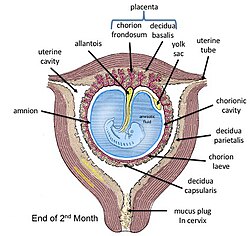
MAMMARY GLANDS AND LACTATION
- Functional mammary gland is characteristic of all female mammals.
- Paired structures (Breasts) that contain variable amount of fat and
Glandular tissue
divided into ↓
(15-20) Mammary lobes
Contain ↓
Mammary alveolus/
cluster of cells
(Secrete and store milk)
In their lumen
opens into ↓
Mammary tubules
join to form ↓
Mammary duct
Many join to form ↓
Mammary ampulla
connected to ↓
Lactiferous duct
(Through which milk is sucked out) - Mammary glands- (i) Undergo differentiation during pregnancy.
(ii) Secrete milk after child birth that helps mother in feeding new born by process
called lactation - Milk produced during initial few days of lactation is called colostrum which contains several antibodies.
- Breast feeding during the initial period of infant growth is recommended by doctors for bringing up a healthy baby.
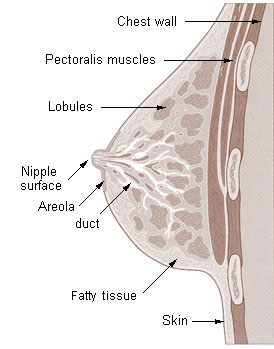
FUNFACTS:-
Unique Fingerprints: Did you know that fingerprints are formed during fetal development? By the 10th week of gestation, the ridges and patterns on a baby’s fingers have already begun to form, making each individual’s fingerprints entirely unique.
Speedy Sperm: Sperm cells are some of the smallest cells in the human body, yet they are among the fastest. When released, sperm can travel at speeds of up to 4 millimeters per minute, propelling themselves through the female reproductive tract in search of an egg.
Survival of the Fittest: The journey of sperm to fertilize an egg is a challenging one, with millions of sperm competing for the chance to fertilize a single egg. Only one lucky sperm ultimately succeeds in penetrating the egg’s protective layer and initiating fertilization.
Longevity of Ova: While sperm cells are tiny, egg cells are among the largest cells in the human body. Despite their size, however, they contain only half of the genetic material required to form a new human being. It is the union of a sperm and an egg during fertilization that restores the full complement of chromosomes.
Menstrual Blood Loss: During an average menstrual cycle, a woman loses approximately 30 to 80 milliliters of blood. This amount may vary from person to person and can be influenced by factors such as age, hormonal fluctuations, and overall health.
Longevity of Ova: While sperm cells have a relatively short lifespan of around 3 to 5 days within the female reproductive tract, egg cells can survive for much longer. After ovulation, an egg can remain viable for up to 24 hours, awaiting fertilization.
Longevity of Ova: Contrary to popular belief, fertilization typically occurs not in the uterus but in the fallopian tubes. After ovulation, the egg is released from the ovary and swept into the fallopian tube, where it may encounter sperm for fertilization.
Embryonic Development: After fertilization, the newly formed zygote undergoes a series of rapid cell divisions as it travels down the fallopian tube towards the uterus. By the time it reaches the uterus, the zygote has developed into a ball of cells called a blastocyst, ready for implantation into the uterine lining.
Twins and Multiples: Twins and multiples can occur through natural conception or with the assistance of fertility treatments. Identical twins occur when a single fertilized egg splits into two embryos, while fraternal twins result from the fertilization of two separate eggs by two different sperm.
Miraculous Journey: From the moment of conception to the birth of a baby, the process of human reproduction is nothing short of miraculous. It involves intricate biological processes, remarkable adaptations, and the profound bond between parents and their offspring.
- Human reproduction is the biological process by which new individuals of the human species are produced. It involves the union of a sperm cell from a male and an egg cell from a female, leading to the formation of a zygote, which develops into an embryo and eventually a fetus.
- There are several methods of contraception available to prevent pregnancy, including barrier methods (such as condoms and diaphragms), hormonal methods (such as birth control pills, patches, and injections), intrauterine devices (IUDs), sterilization (such as vasectomy or tubal ligation), and fertility awareness methods.
- Assisted reproductive technology (ART) refers to various medical procedures used to assist with conception when natural conception is not possible or has been unsuccessful. Examples of ART include in vitro fertilization (IVF), intracytoplasmic sperm injection (ICSI), and intrauterine insemination (IUI).
- Common reproductive health issues or conditions include infertility, menstrual disorders (such as irregular periods or painful periods), sexually transmitted infections (STIs), endometriosis, polycystic ovary syndrome (PCOS), erectile dysfunction, and conditions affecting sperm quality or quantity.
- The stages of labor and childbirth typically include early labor (contractions and cervical dilation), active labor (progressive cervical dilation and descent of the baby), transition (rapid cervical dilation and intense contractions), and delivery of the baby (birth of the baby followed by delivery of the placenta).